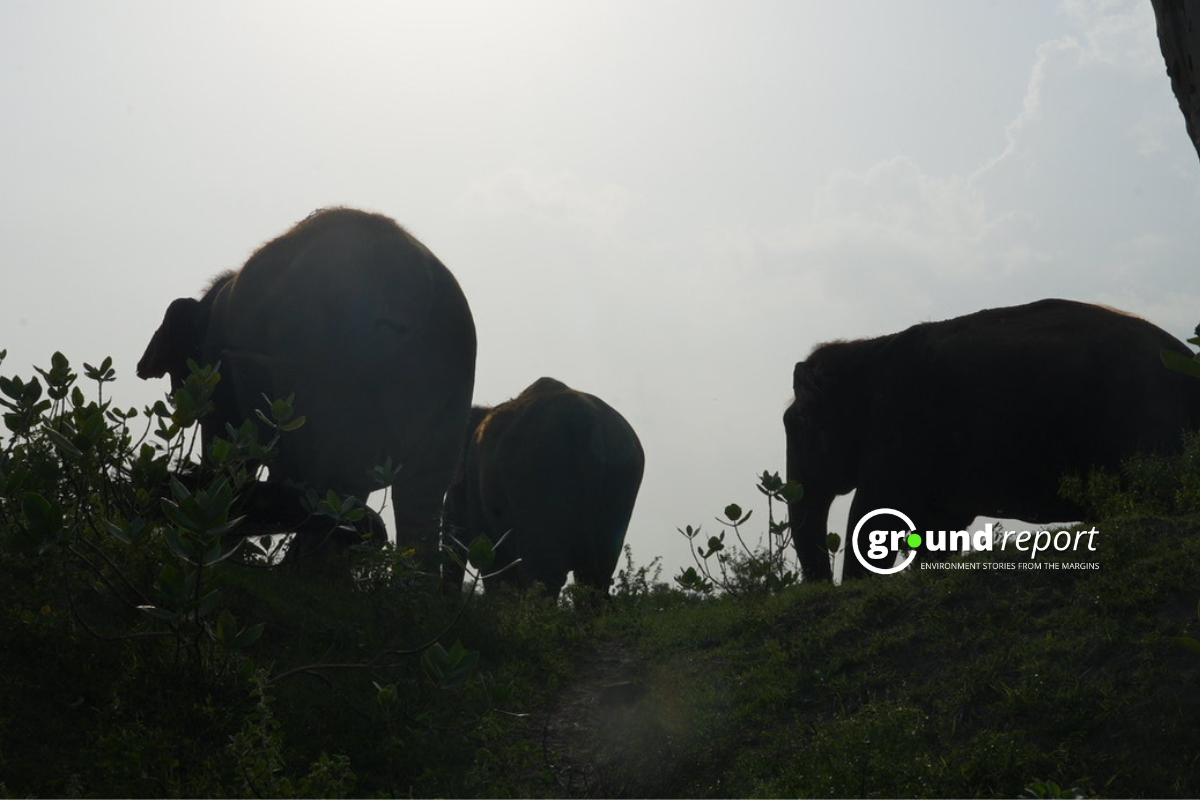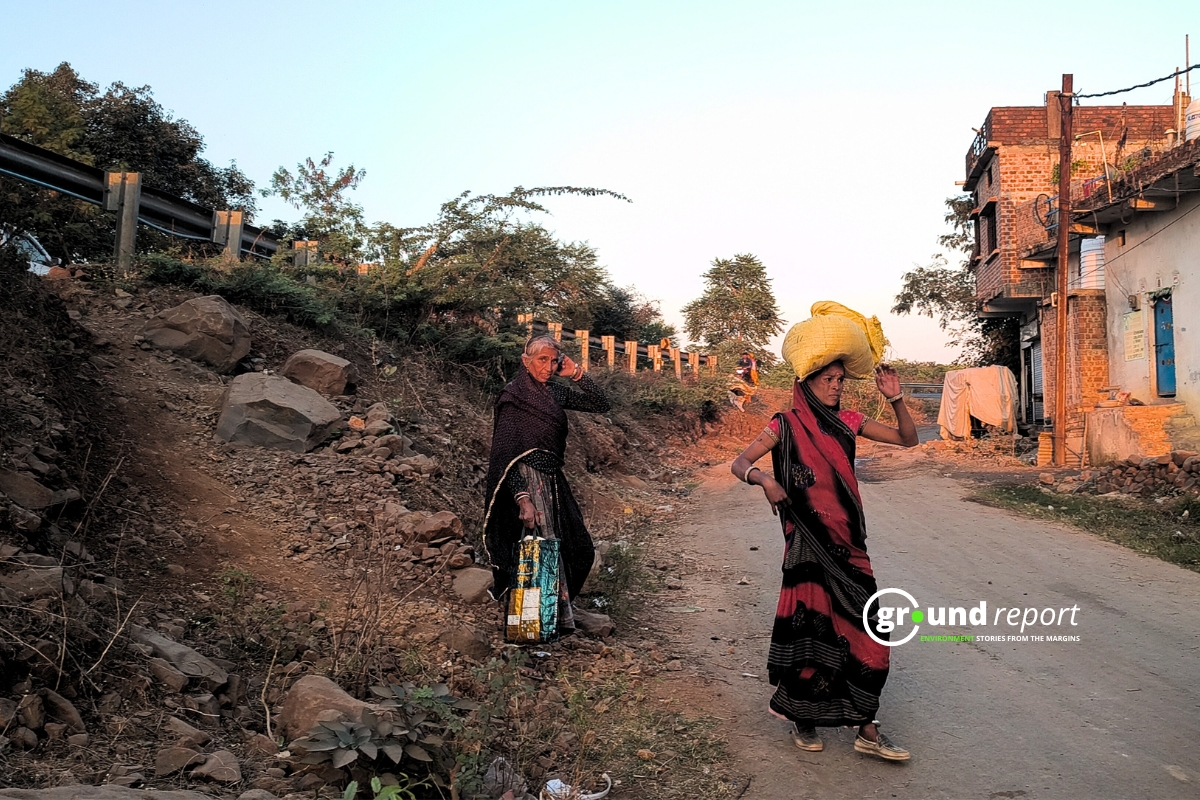The US government is moving to eliminate synthetic food dyes used in popular snacks, drinks, and cereals. The move comes after rising concerns about the effects of these additives on children’s health.
On Tuesday, Health and Human Services Secretary Robert F. Kennedy Jr. unveiled the administration’s plan at a press conference in Washington. Flanked by food policy experts, public health advocates, and parents, Kennedy described the initiative as a critical move toward improving the overall quality and safety of the American diet.
“We are going to get rid of the dyes,” Kennedy said. “Then one by one, we’re going to get rid of every ingredient and additive in food that we can legally address.”
The plan includes a phased ban on eight synthetic dyes, two of which—Citrus Red No. 2 and Orange B—will be officially banned within the coming months. The remaining six, including Red No. 40, Yellow No. 5, Yellow No. 6, Blue No. 1, Blue No. 2, and Green No. 3, are expected to be voluntarily removed from the food supply by the end of next year. While the plan relies on cooperation from food manufacturers, federal officials say many companies are already on board, thanks in part to mounting pressure from state-level legislation and shifting consumer preferences.
Kennedy said the decision to target synthetic food dyes first is part of a broader strategy to tackle chronic illness, developmental disorders, and behavioural issues that have become increasingly common in children. Studies have linked some synthetic dyes to hyperactivity, attention issues, and other neurological effects. The Center for Science in the Public Interest and other advocacy groups have long pushed for a national ban.
“Americans don’t know what they’re eating,” Kennedy said. “Nobody wants to eat petroleum. If people want to do that, they can add it themselves. But it shouldn’t be in the food we give our children.”
Kennedy emphasised that the move isn’t symbolic. It’s a starting point. He promised broader actions in the coming months, targeting other controversial additives and ultra-processed ingredients still widely used in school lunches and packaged foods.
What will be banned?
The Food and Drug Administration (FDA) plans to revoke approval for the following dyes:
| Dye Name | Status |
|---|---|
| Red No. 3 | Previously banned, faster phase-out requested |
| Citrus Red No. 2 | Set for removal soon |
| Orange B | Set for removal soon |
| Red No. 40 | Voluntary removal by 2026 |
| Yellow No. 5 | Voluntary removal by 2026 |
| Yellow No. 6 | Voluntary removal by 2026 |
| Blue No. 1 | Voluntary removal by 2026 |
| Blue No. 2 | Voluntary removal by 2026 |
| Green No. 3 | Voluntary removal by 2026 |
The FDA says it will also fast-track approval for four natural dyes:
-
Butterfly pea flower extract
-
Gardenia blue
-
Galdieria extract blue
-
Calcium phosphate
Why now?
FDA Commissioner Marty Makary said the decision follows decades of research linking synthetic food dyes to health problems, especially in children. Several studies have pointed to a connection between these dyes and behavioural issues such as hyperactivity and ADHD.
“For 50 years, American children have lived in a toxic soup of synthetic chemicals,” Makary said during the press conference. “Now, there’s no one ingredient that explains the rise in chronic illness, but this is not a silver bullet—it’s one important step toward cleaning up the food supply.”
Makary said the FDA is prioritising this issue due to growing scientific evidence and public demand for cleaner, safer ingredients. He added that the removal of petroleum-based dyes won’t solve every health problem overnight but will reduce unnecessary exposure to chemicals with known or suspected risks.
The FDA is currently working with major food manufacturers to voluntarily phase out six commonly used synthetic dyes by the end of 2026. The agency also plans to revoke authorisation for two others—Citrus Red No. 2 and Orange B—in the coming months.
Some companies have already switched to natural dyes in countries like Canada and the UK. In the US, many products still use artificial colours.
Marion Nestle, a nutrition expert, said there’s enough evidence to support a full ban.
“These dyes cause problems in some children and are linked to diseases in animal studies. We don’t need them,” she said.
The Consumer Brands Association and the International Association of Colour Manufacturers said the dyes are safe.
“Colour additives have been reviewed by global health authorities, with no safety concerns,” the colour manufacturers’ group said.
Melissa Hockstad of the Consumer Brands Association added: “The ingredients used in America’s food supply have been rigorously studied and shown to be safe.”
What’s Next?
The FDA plans to move quickly on several fronts. It will begin the process of revoking authorization for two dyes—Citrus Red No. 2 and Orange B—in the coming months.
The agency is also asking food companies to speed up the removal of Red No. 3, which had already been banned in drugs but was still allowed in food. By the end of next year, six more dyes—Red No. 40, Yellow No. 5, Yellow No. 6, Blue No. 1, Blue No. 2, and Green No. 3—are expected to be voluntarily removed from the food supply.
To help with the transition, the FDA will authorise four natural colour additives and offer regulatory flexibility to companies making the switch. It also plans to partner with the National Institutes of Health to study how food additives affect children’s health.
As several states advance their own dye restrictions, federal officials say this move will provide consistent national standards. But some consumer groups warn that relying on industry cooperation could delay progress.
Support us to keep independent environmental journalism alive in India.
Keep Reading
Can we talk about BT cotton, India’s only genetically modified crop
What is pesticide selling—protection from pests, and vulnerability to accidental poisoning
What is human cost of India’s pesticide consumption, and lack of regulations
Why does India use lower Pesticides per hectare of cropland than other countries?
Follow Ground Report on X, Instagram and Facebook for environmental and underreported stories from the margins. Give us feedback on our email id greport2018@gmail.com.
Don’t forget to Subscribe to our weekly newsletter, Join our community on WhatsApp, and Follow our YouTube Channel






